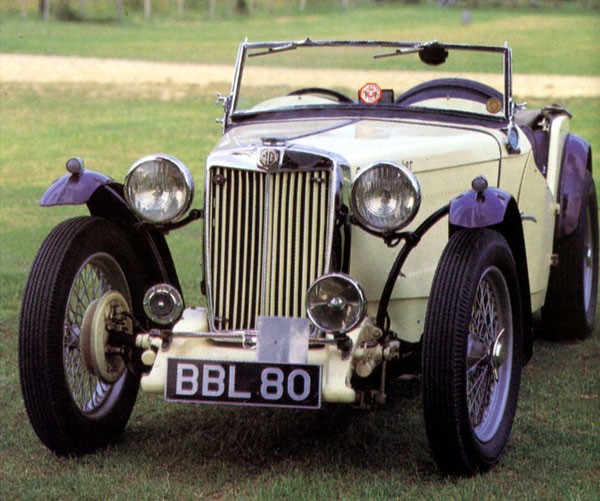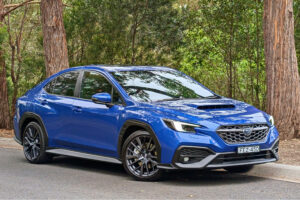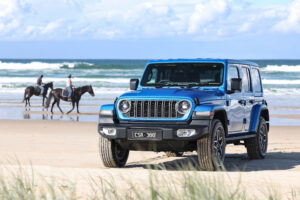
Launched in 1936 the MG TA replaced the PB model and was the first of a successful range of T-series sports cars from the MG marque. It was powered by a four-cylinder overhead-valve, three-main-bearing crankshaft motor of 1292 cc capacity that developed 37.5 kW at 4500rpm. It was fuelled by two horizontal SU carburettors.
The MG TA also had a three-speed synchromesh gearbox which made it unique among small sports cars of that period. It was this engine and transmission combination which customers thought the most innovative.
The engineers at the Nuffield Group chose the engine and running gear for the TA from the range of the latest Morris/Wolseley engines available to them at that time and then set about modifying it to make it suitable for a small sports car. This was the first time in eight years that an MG car did not have an overhead-camshaft engine or a ‘crash’ gearbox. Unlike older MGs this one had hydraulic brakes.
The TA was built around a simple ladder style chassis frame and, as with previous MGs, its body shell used a wooden frame for support. Whilst the semi-luxury specialists felt the whole concept of the TA marred the past image of the MG marque and lacked the fancy aerodynamics of MG’s competitors, the Nuffield engineers had produced a car that was simpler, faster, and more reliable than before. The TA provided cheap fun.
Whereas most of the TA’s competitors were designed especially with car trials in mind the TA could provide regular transport during the week and outperform its competition in weekend motoring events. For here was a two-seater car with all the previously established MG virtues including, of course, the traditional radiator grille.
Although its four-cylinder engine was neither as specialised nor as high-revving as the engine which powered previous MGs, it turned out to be faster than all of its competitors and was only slightly slower than the six-cylinder Magnettes, which were still in production.
Suspension comprised a beam axle at both front and rear. This, no doubt, contributed to the rock hard ride which, like its sensitive steering and poor protection of occupants in wet weather, were some of the TA’s failings. It was replaced by the TB in 1939 and after World War II the TC, in production from 1945 to 1949, retained the traditional chassis and beam axles and was structurally and mechanically the same as the TA but sold in much larger quantities.








